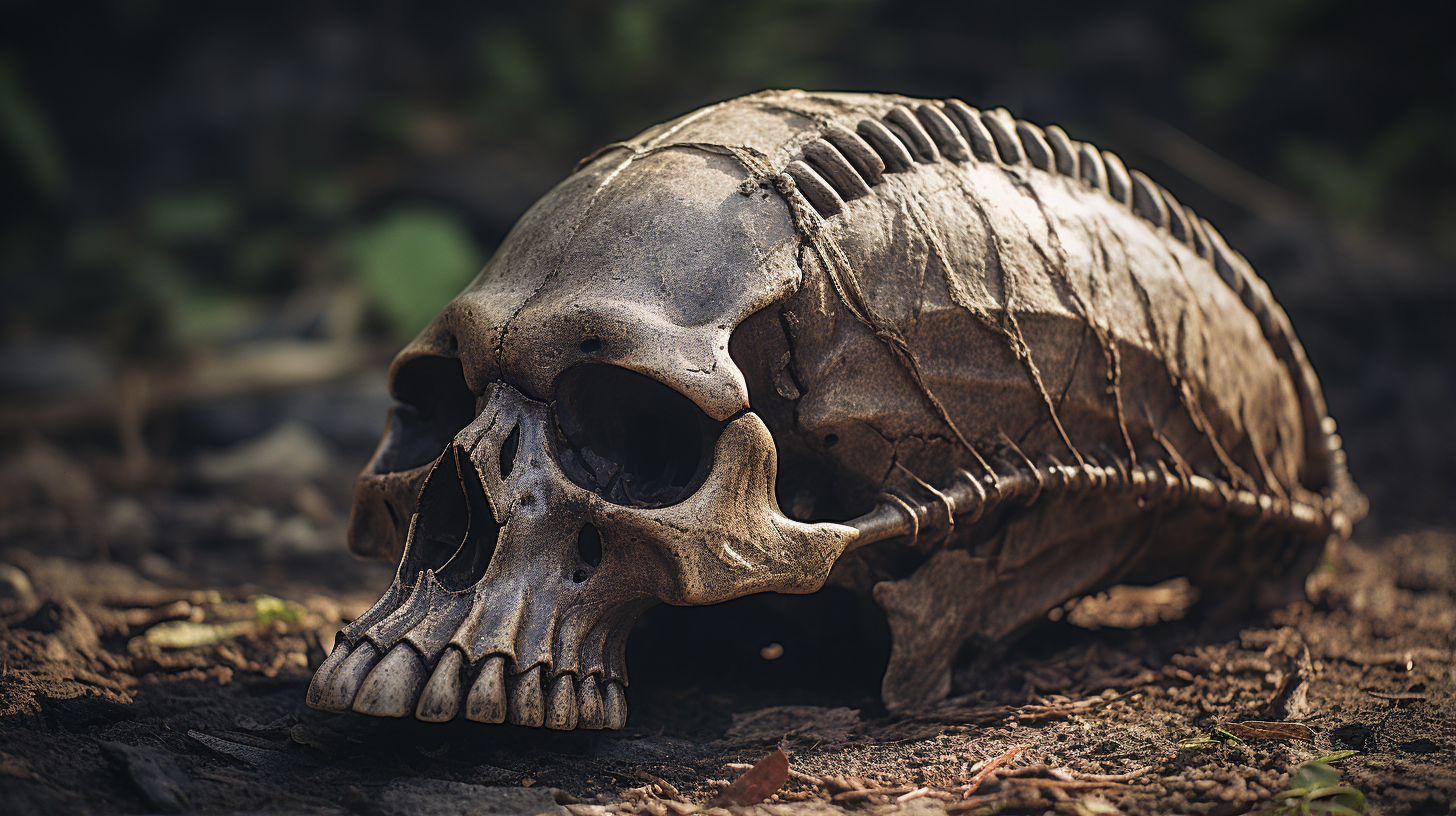Archaeological records reveal fascinating discoveries that have both intrigued and puzzled experts. One intriguing discovery dates back to 1907 when peculiar skulls were uncovered in the underground chambers of Paola, Malta.
Scientists have been baffled by the mysterious skulls found at this site, leading to various theories, from traditional cranial rituals to speculations about extraterrestrial influences.
This discovery comprises around 7,000 skeletons, with a significant number featuring elongated skulls that challenge conventional norms, sparking debates in archaeological and anthropological circles.
Throughout history, intentional cranial deformation, like head shaping, has been suggested as a reason for such modifications, a practice observed in ancient societies worldwide.
The process involves tightly binding infants’ skulls before their bones fully develop, resulting in a unique elongated shape. Despite historical accounts linking this practice to divine figures depicted with elongated skulls, the underlying question remains about the inspiration behind these deities.

Some daring theorists propose that ancient civilizations may have encountered beings with naturally elongated skulls, suggesting a possible extraterrestrial connection.
In this unconventional hypothesis, it is theorized that our ancestors might have tried to imitate these beings, leading to the widespread adoption of artificial cranial modifications.
This narrative suggests that ancient cultures worldwide, including those in Malta, sought to imitate beings with elongated skulls, possibly venerating them as divine or godlike entities.
Currently, some of these elongated skulls from Malta’s hypogeum are housed in the National Museum of Archaeology, where researchers Giorgio and Erich have rare access to study them.
While the original skulls are not accessible for examination, the duo meticulously studies an exact replica.
During their investigation, they make a significant discovery as they examine a replica lacking the sagittal suture, a crucial feature that typically fuses by age 35, leading them to reject conventional beliefs of intentional head shaping.
They suggest a radical idea that these skulls could belong to extraterrestrial beings, citing the absence of the sagittal suture as evidence of non-human origins.
Their hypothesis raises intriguing questions about the genetic traits of these elongated skulls and the possibility of a unique human lineage emerging in ancient Malta.
Watch the Video:
The mysteries surrounding these ancient skulls both captivate and challenge conventional perspectives. While mainstream archaeology may question unconventional theories, they remind us that history often holds unexpected truths. Exploring our past may lead us to discoveries beyond our wildest imaginations.
